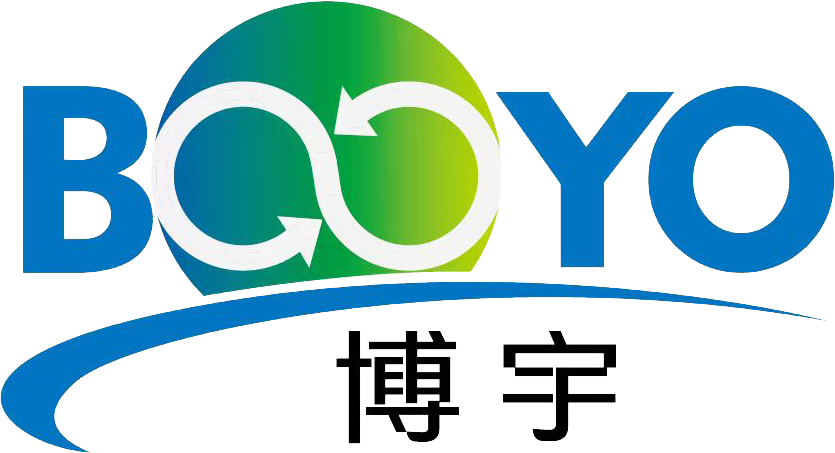
Our News
Find out about our latest news here.
Latest News
- ▶ Applications of Shell & Tube Heat Exchangers in MEG Packages (Monoethylene Glycol Systems)
- ▶ High-Efficiency Surface Condenser Solutions:
- ▶ Health, Safety and Environment (HSE) Policy
- ▶ Conflict-of-Interest Policy
- ▶ Can a Welded Spiral Heat Exchanger Solve Fouling and Blockage Problems?
- ▶ Anti-Bribery and Corruption (ABC) Compliance Policy
Message
1. What Is a Dehydration Column?
A Dehydration Column is a type of distillation column specifically designed to separate water from solvent mixtures. It leverages the differences in boiling points and volatilities between water and various organic solvents to achieve precise separation through rectification.
This equipment is indispensable in solvent recovery systems where even trace amounts of moisture can affect reaction yields, product quality, or equipment stability.
2. Working Principle
The dehydration column operates on the principle of fractional distillation. A feed mixture containing solvent and water is heated, and the vapor ascends the column through a series of trays or structured packing.
Solvent-rich vapor condenses and is collected at the top.
Water-rich liquid is discharged from the bottom or side draw.
In cases where water and solvent form azeotropes, advanced techniques such as azeotropic distillation, pressure-swing distillation, or use of entrainers (like benzene, cyclohexane, or ethylene glycol) may be employed to break the azeotrope and achieve deeper dehydration.
3. Common Applications
4. Technical Features & Advantages
✅ High Separation Efficiency
Capable of reducing water content to ppm-level, depending on system design.
✅ Customizable Design
Tray or packing design, column diameter, height, and material can be tailored to process needs.
✅ Energy Optimization
Integration with heat recovery systems or reboiler-condensation loops reduces operational costs.
✅ Stable Operation
Designed for long-term continuous operation with minimal fouling and low maintenance requirements.
✅ Scalability
Available from lab-scale pilot plants to full industrial-scale columns.
5. Key Design Considerations
When designing a dehydration column, the following parameters must be carefully evaluated:
Boiling point difference between solvent and water
Feed composition and flow rate
Required purity of top and bottom products
Operating pressure (atmospheric or vacuum)
Choice of internals (sieve trays, bubble cap trays, structured/random packing)
Each system is unique, and simulation tools like Aspen Plus or ChemCAD are often used to model and optimize performance before fabrication.
6. Integration with Solvent Recovery Systems
A dehydration column is often the first or middle stage in a complete solvent recovery line. It may be followed by:
Heavy Component Removal Column (to remove high-boiling-point impurities)
Polishing Units (e.g., adsorption or membrane filtration for ultra-purity)
This modular approach ensures both moisture removal and chemical purity, enabling closed-loop recycling and compliance with emission standards.
Conclusion
The Dehydration Column is more than just a piece of separation equipment—it is a strategic asset in achieving high-quality production, reducing environmental footprint, and improving cost-efficiency. Whether used as a standalone unit or part of a larger recovery system, it plays a foundational role in modern process industries.
For tailored solutions, technical consultation, or system integration services, we invite partners across the globe to contact us. Let’s build smarter, cleaner, and more efficient processes—together.
PROFESSIONAL CONSULTATION
If you are interested in our products and want to know more details, please leave a message here, we will reply you as soon as we can.